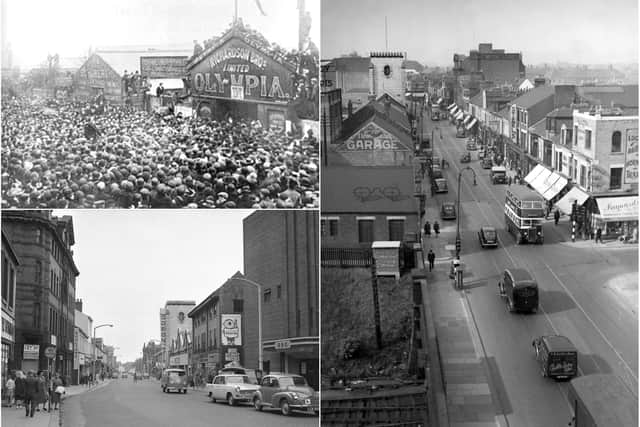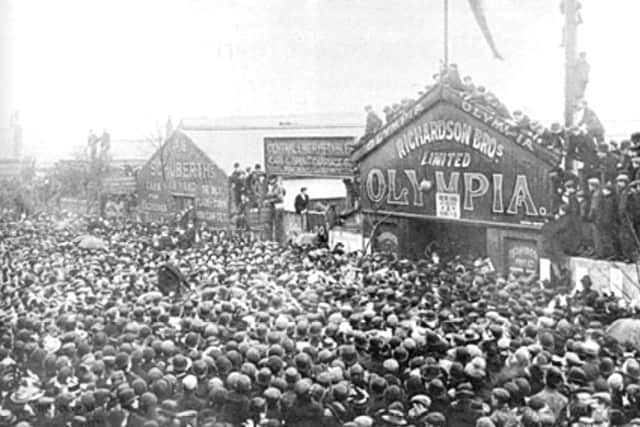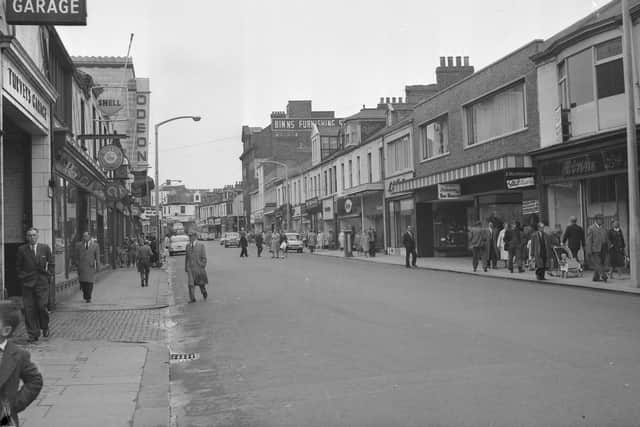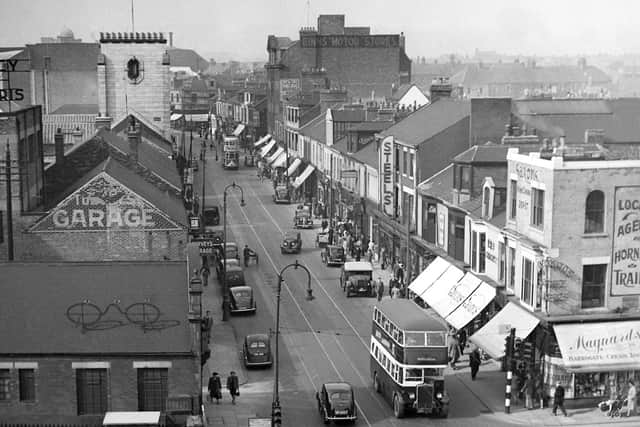The days when Sunderland led the world with the best boxing stadium on the globe
and live on Freeview channel 276
Did you know that Wearside once led the world with a state-of-the-art stadium for boxing contests?
It is true and Philip Curtis from the Sunderland Antiquarian Society is the man to tell us more.
Advertisement
Hide AdAdvertisement
Hide AdAs far back as the 1830s bare knuckle fights were being held in local inns including The Lord Byron Tavern in Malings Rigg.


In the early 20th Century, events were held in the Hendon Road Skating Rink, the Star Music Hall in Lambton Street and Felix Scott’s Fight Emporium.
But it was shortly after the First World War that the sport really took off when brothers George and Alfred Black (whose family owned a chain of North East cinemas) bought and demolished the town’s Olympia Skating Rink in Holmeside, pictured.
They replaced it with a purpose-built 3000-seater arena called The Sunderland Stadium, known throughout town simply as The Stadium. It was dubbed ‘The Palace of Punch’ and attracted large crowds.
Advertisement
Hide AdAdvertisement
Hide AdThe Stadium opened on May 29, 1920 with Bombardier Billy Wells top of the bill.


Bombardier Billy Wells was the man who banged the gong for the Rank Organisation before the start of each of their films at the cinema
This was an amphitheatre where every spectator had an uninterrupted view of the ring, and the seating was the last word in comfort. The furthest was no more than 10 metres from the action.
The stadium had entrances both in Holmeside and Park Lane. It had water bowls in each corner and it was the first arena in the world to have running water to replace the old bucket and bottle routine. It also boasted a gym and shower room.
Advertisement
Hide AdAdvertisement
Hide AdIt was top class in every way with even the corner seconds having to sport a collar and tie. The opening night was sold out with hundreds being turned away.


It didn’t take long for important bouts to be held there and two months after the opening, the Featherweight Championship of the North was hosted there with the meeting of Billy O’Brien and George Kills over twenty rounds.
Apart from the promoter’s purse, the winner received a handsome gold belt, the value of which was claimed to be more than the famous Lonsdale championship belt itself.
Throughout the early 1920s The Stadium held weekly shows and was undoubtedly one of the finest boxing arenas in the country. But unemployment gradually increased and with this the number of spectators gradually dwindled.
Advertisement
Hide AdAdvertisement
Hide AdEven the lowering of admission prices had little effect and by the end of the decade it was obvious that the stadium’s days were numbered.


It was eventually closed in May 1930, a decade after it had opened and was replaced with a large cinema (The Regal later The Odeon) and a dance hall (The Rink).
In the decade that it was open The Stadium was undoubtedly a nursery for local talent. Several very good boxers were able to flourish including Jack ‘cast iron’ Casey, pictured, Charlie McDonald, Roy Mills and Billy Smith.
Our thanks go once again to Philip and the Sunderland Antiquarian Society.
Advertisement
Hide AdAdvertisement
Hide AdTo find out more about the history of Sunderland, visit the Antiquarian Society’s Facebook page or its website at http://www.sunderland-antiquarians.org
